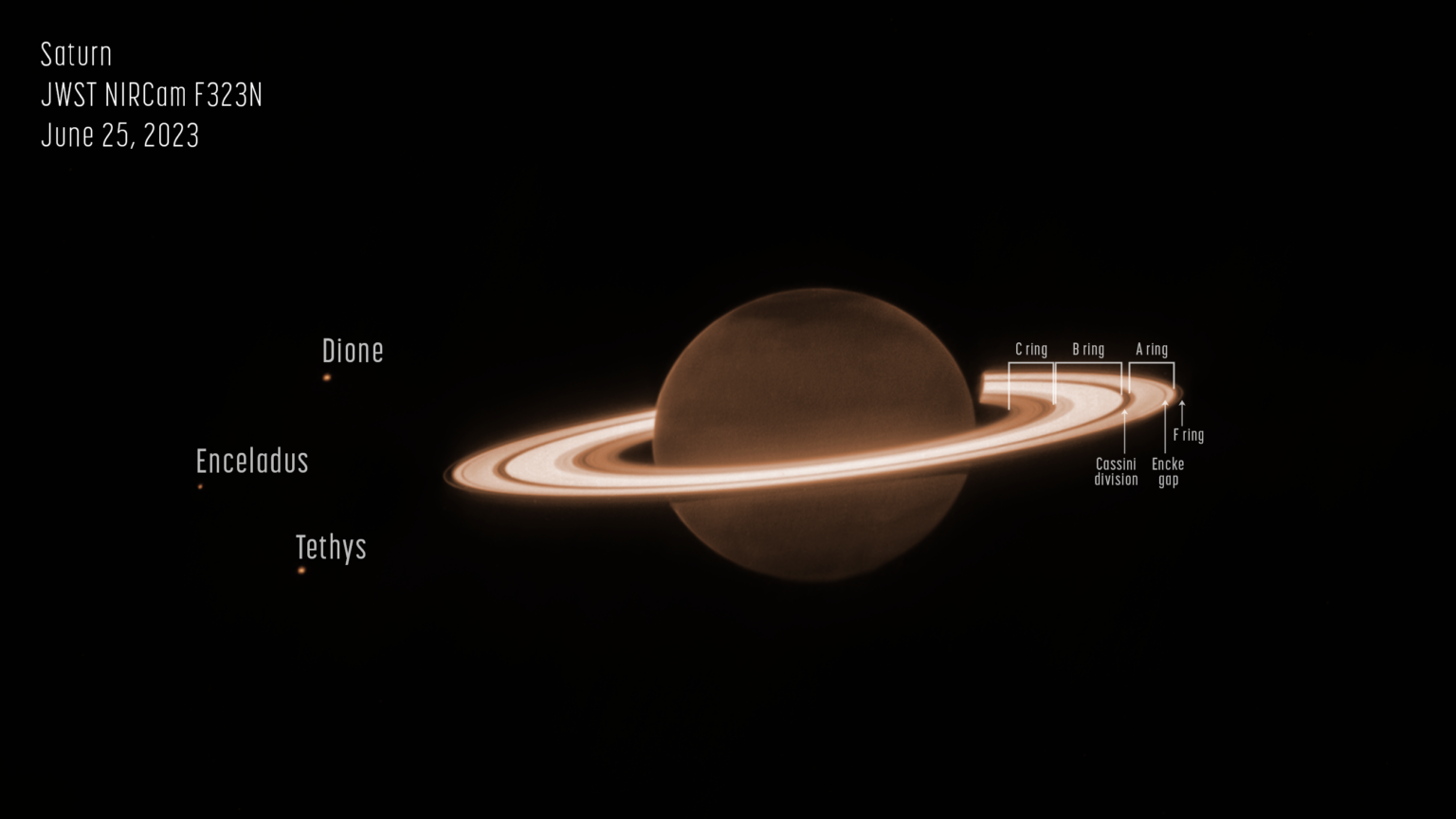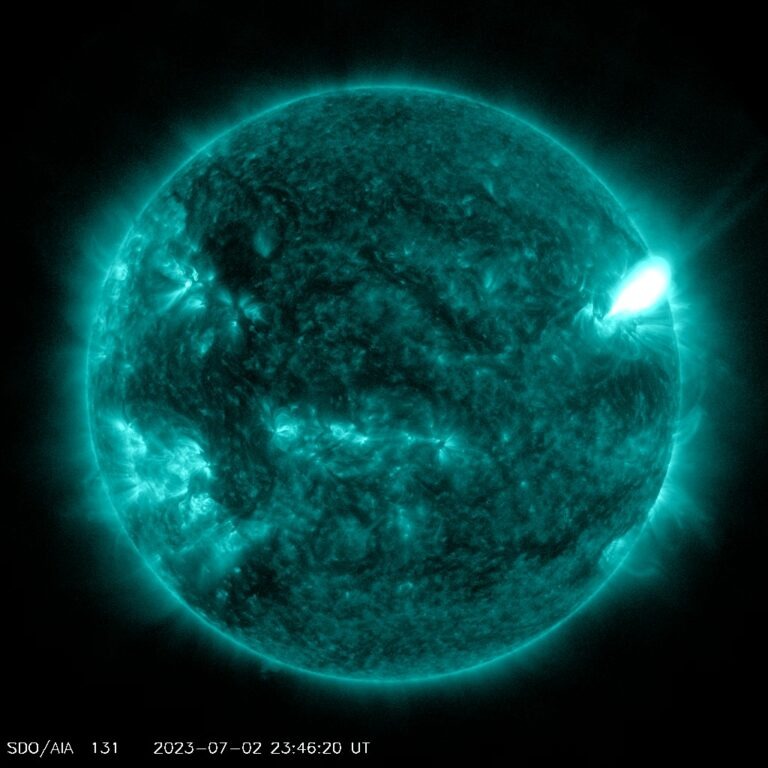Selection of the most interesting space news for the week: Don’t you think life is really running faster, time has accelerated five times since the early Universe; Monday has become the hottest in the history of the Earth, and we are telling the story of the amazing journey of the Opportunity rover.

“It doesn’t matter how beautiful your theory is, it doesn’t matter how smart you are. If it doesn’t agree with experiment, it’s wrong.”
― Richard P. Feynman
NASA will keep people in isolation for a year: How much money will each participant of the experiment receive
NASA has officially launched one of the largest intriguing experiments to date. During the experiment, four participants will be locked in complete isolation at a conditional NASA Martian base. This will help simulate the living conditions of astronauts in a small confined space, where they will be cut off from the usual life benefits during their stay on Mars, such as mobile phones, Internet and television. Of course, participation in the annual experiment will be rewarded with substantial compensation. NASA will pay each participant USD 10 per hour for all the time of active work, according to the Houston Chronicle. Thus, the total amount of payments to each will be slightly more than 60 thousand dollars for the entire 378-day mission.
The US creates a new weapon against Russian and Chinese satellites
By 2024, the American company L3 Harris Technologies is developing a new electronic warfare (EW) system called Meadowlands. It is designed to disable Russian and Chinese satellites and will be mobile in order to reduce its vulnerability. However, it was supposed to be adopted by the United States last year, however, according to the company’s management, such a delay is not critical.
Representatives of the US Space Forces announced that the technical difficulties that caused the delay in the development of a new electronic warfare system had finally been resolved and now they, together with L3 Harris Technologies specialists, were preparing for the testing and integration stage. In general, the US military has ordered 30 such systems. Each of them will consist of several installations that will be mounted on wheeled trailers and will work together. The total cost of the Meadowlands system is estimated at USD 219 million.
Traces of a giant eruption have been found on the Moon
A batholith was found on the Moon — a giant structure made of granite with a diameter of 50 km. On Earth, these are found where volcanoes once were. It proved that 3.5 billion years ago there was liquid lava on our moon. Scientists have learned that this is granite thanks to a microwave study of the Moon’s surface.
On Earth, such formations are quite common. They are called batholiths and mark the places where lava pours out onto the surface of the planet and solidifies without significant explosions. So this area on the Moon is an ancient volcano or a group of them. The news that there were active volcanoes on the Moon 3.5 billion years ago can mean a lot. After all, this celestial body has been considered dead for a very long time, although sometimes scientists receive evidence of its later geological activity.
Monday was the hottest day in the history of the Earth
According to the National Oceanic and Atmospheric Administration of the United States, Monday, July 3 was the hottest day on Earth in the history of observations. The average temperature on the planet has reached 17.01°C. This is higher than any average daily temperature recorded by NOAA for the entire observation period since 1979. The previous record was set on July 24 last year. Then the average temperature on the planet reached 16.92°C.
In general, according to NOAA observations accumulated over several decades, the average temperature on Earth ranges from 12°C to 17°C. For the beginning of July, it averaged 16.2°C between 1979 and 2000. However, since then, the heating of the earth has accelerated. Satellites perfectly see the signs that the climate is rapidly changing to a hotter one. This year, June was also the hottest compared to the observations of previous years.
Time in the early Universe was 5 times slower than now
Time in the Universe, which was just over 1 billion years old, moved about 5 times slower than now. This is the conclusion reached by astronomers from the University of Sydney. For this purpose, they observed quasars, the distance to which is from 3 to 12.2 billion light-years from us. Scientists analyzed the radiation of 190 quasars and established for them a clear frequency of brightness changes, which changed greatly depending on how far away this object was from us. It makes it clear that the further away an object is from the beginning of the Universe, the slower these variations occur.
Photo of the week

NASA has published an infrared portrait of Saturn obtained by the James Webb Space Telescope (JWST). On it you can see the planet, its rings, as well as some moons. The images of Saturn were taken using the NIRCam near-infrared camera. The planet seems very dark due to that methane in its atmosphere absorbs almost all the sunlight. Mostly consisting of water ice rings, on the contrary, reflect light very well, and that’s why they turn out so bright.
The JWST images clearly show the details of the planet’s ring system, as well as several of its moons — Dione, Enceladus and Tethys. You can pay attention to the difference in brightness between the northern and southern hemispheres of Saturn. Presumably, this is due to the difference in seasons. It is summer in the northern hemisphere, which may explain the very dark color of the north pole.
Interesting figure — solar flare, Class X1.0

Recently, a huge flare occurred on the Sun, which caused short-term but intense interference of radio signals in the western United States and in the Pacific Ocean as it passed through the upper layers of the Earth’s atmosphere. On July 2, 2023, an active sunspot named AR 3354 caused an X1.0 class solar flare. The class X indicates the strongest flares, whereas the number gives more information about its strength. The strongest known flare in the history of X28 was recorded almost 20 years ago.
Something to read on the weekend

This week is the twentieth anniversary of the launch of the Opportunity rover. Despite later rovers like Curiosity and Perseverance surpassing many of Opportunity’s scientific achievements, it continues to be remembered by space enthusiasts as an example of remarkable resilience and persistence. On the occasion of this date, let’s delve into the story of its extraordinary journey.
The claim that the swastika symbol originates from the movement of the Ursa Major constellation around the North Star may seem credible at first glance, though in reality it is highly dubious. Let’s figure out together whether the Ursa Major draws a swastika in the sky?
Follow us on Twitter to get the most interesting space news in time
https://twitter.com/ust_magazine
